1817

1817
"De Zee Ploeg" wrecks outside Herdla near Bergen. Over 70 people died during, or as a consequence of, the inhumane journey from Amsterdam. Among the 500 survivors were Paul Gottlieb Rieber and his five sisters. Both parents were among the dead.
1879
GC Rieber is founded

1879
As Paul's fifth child, Gottlieb Christian (G. C. Rieber) begins an apprenticeship with his father at an early age. At the age of 25, he earns his trade certificate, and the same year he starts his own business trading in hides and skins.
Business principle 7
Value the person who makes two blades of grass grow where before there was only one.
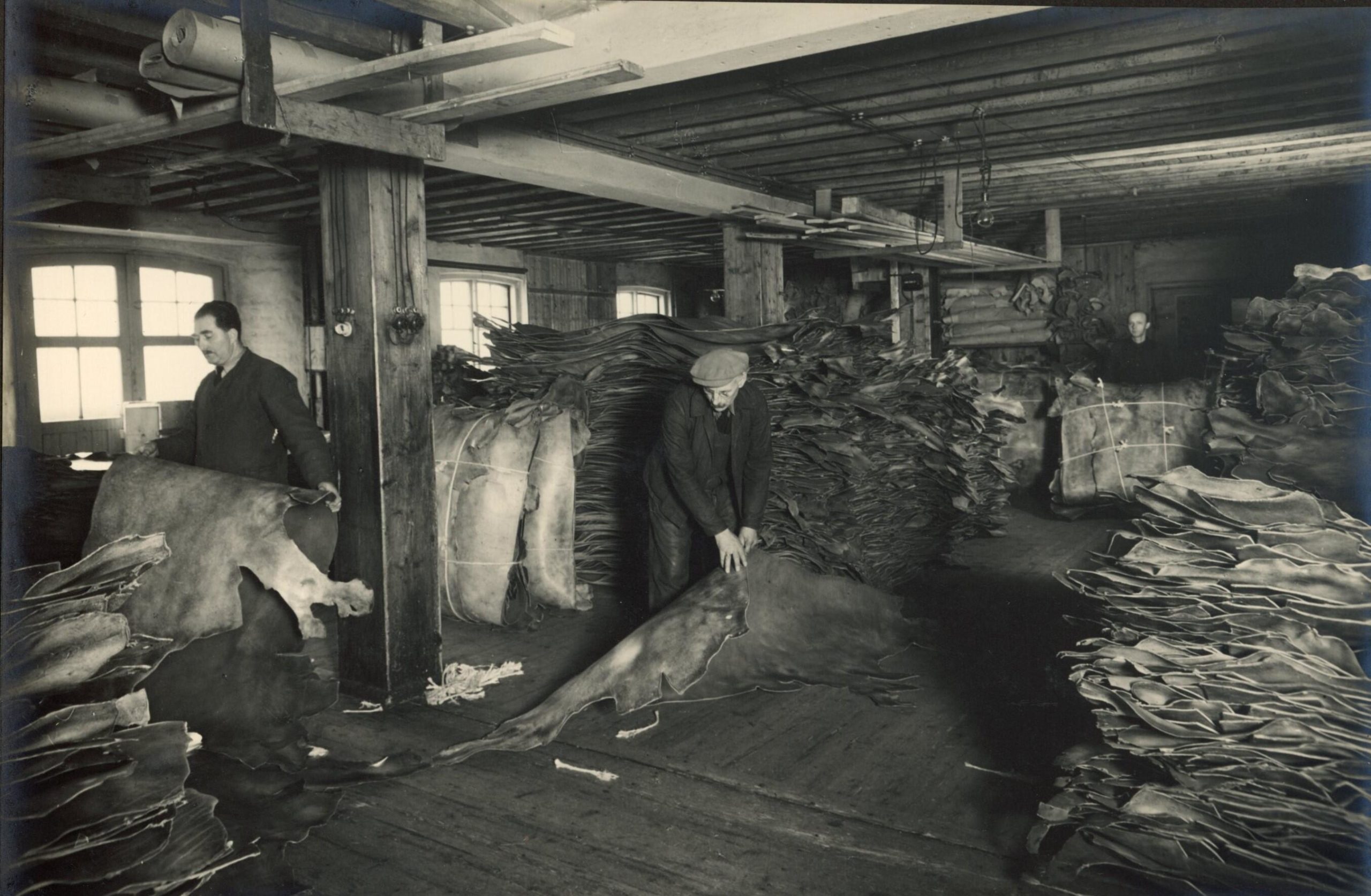
1890
G. C. Rieber deals in leather, both by sea along the Norwegian coast, and across the North Sea. Trade flourishes and he establishes offices in both Trondheim and Stavanger.

1900
G. C. Rieber's brother, Johan Jacob Rieber, establishes "Norske Saltkopmagni A/S", which many years later is to be acquired by the GC Rieber Group.
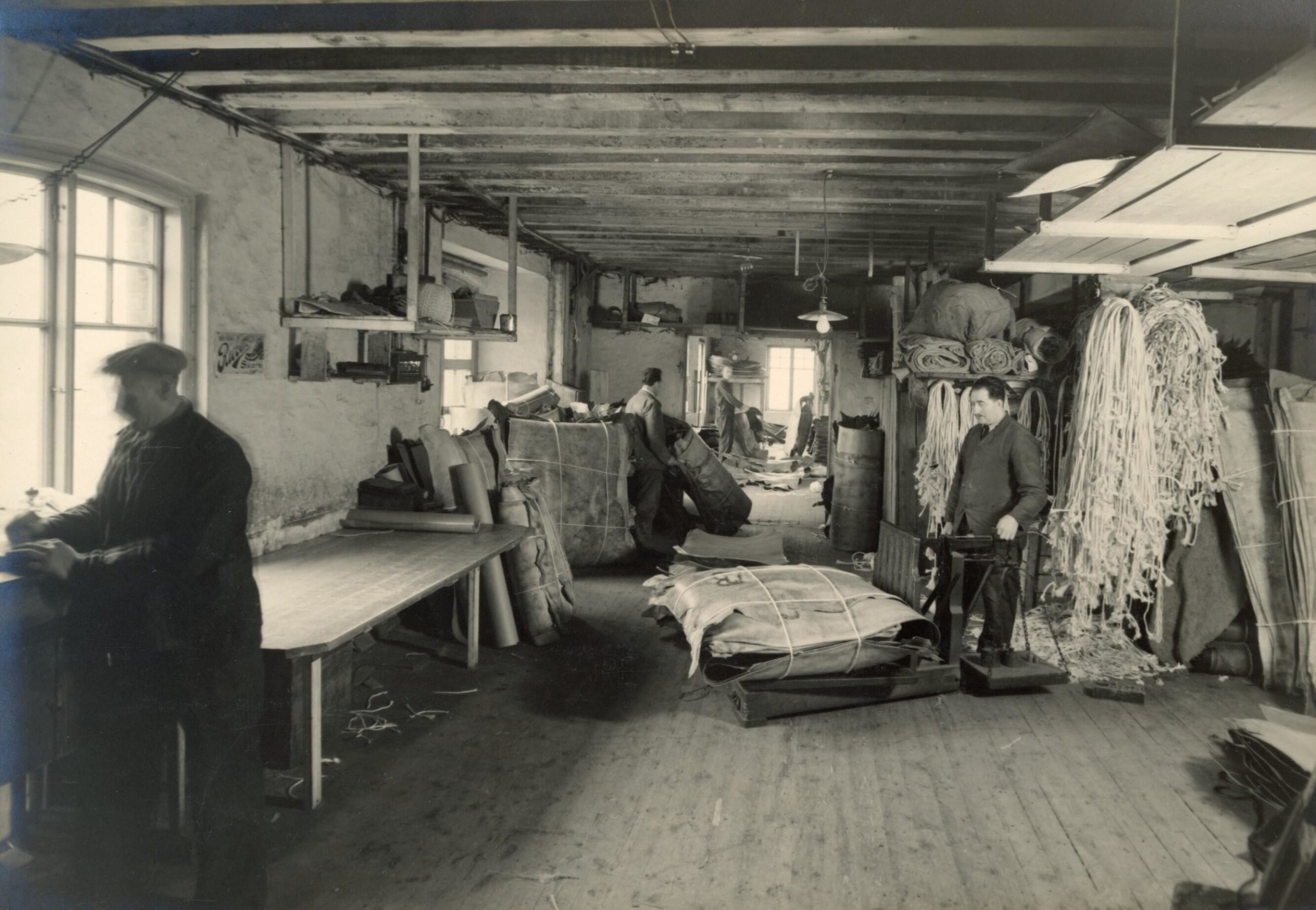
1911
The market is growing and G. C. Rieber is investing. The company expands its business from pure trading, to purchasing directly from suppliers. He sets up several purchasing offices for hides and skins. Between 1911 and 1924, o ffices were opened in Kristiania, Ålesund, Tromsø and Finland.
Business principle 3
Never place all your eggs in one basket.

1914
Shoe business is closely linked to the leather trade and in 1914 GC Rieber takes over Dale Klogfabrik "A.S. Jarl" in Sunnfjord. Such investment in related businesses is something that still characterizes the company's business model today.
Business principle 6
It is just as important to build up the company's human resources as its financial resources.

1916
In 1916, G. C. Rieber set up what might be the country's first private pension fund for his employees.
Business principle 9
We must maintain an open dialogue between our community, business partners, employees and shareholders.

1929
On the company's fiftieth anniversary, Emma Rieber and G.C. Rieber establishes the first GC Rieber fund. The fund "shall work for the benfit of the city of Bergen" can be read from the articles of association. The family's "thank you" to the city that welcomed them over a hundred years ago.
Business principle 4
The ABCEDEF rule "At Besidde Contanter Det Er Finessen" - The art is to always have sufficient liquid assets.

1932
A solid capital base comes in handy in the hard 30s. GC Rieber invests and becomes the owner of two more shoe factories and the company's first Arctic ocean vessel "Fortuna". In the coming years, investments will be made in several Arctic ocean vessels, and GC Rieber will gradually become the country's largest Arctic ocean shipping company.
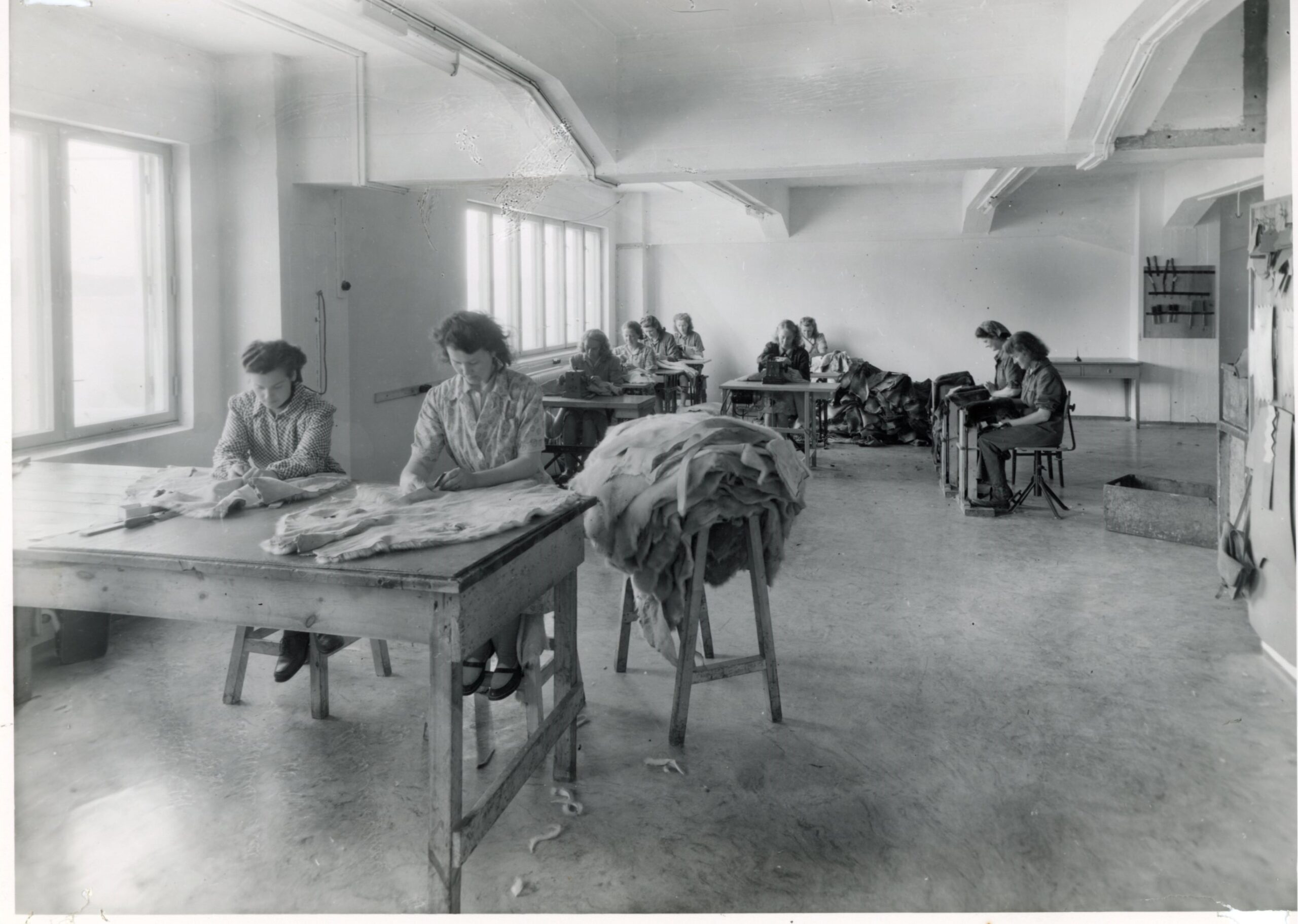
1936
In 1936, GC Rieber installes equipment for trial production of fur. During the war years, the demand is great and by 1948 the trial production has developed into a significant business with an established fur processing plant at Laksevåg in Bergen.
1940
World War II
The majority of GC Rieber's Arctic ocean vessels went into allied service

1944
An ammunition ship explodes on Vågen close to GC Rieber's offices in Bergen. One employee dies and several are injured in the explosion, which claimed a total of 158 lives.
1945
Rebuilding the country

1945
Rebuilding the country after the war led to growth. Over the next decade, GC Rieber modernize its Arctic fleet and continue its investments in fur and leather. In addition, the company established its own fish oil distillery.

1952
1952 was a tragic year for the Arctic industry when 5 vessels with a total of 79 men goes down in the Arctic. Among these were GC Rieber's vessel "Ringsel" with 14 men on board. The crew of the five ships were never found.

1954
GC Rieber Fondene establishes Helgeseter, a home for children with special needs. Helgeseter was the first of its kind and aimed to create a good life for a group of people that faced many challenges in this time period.
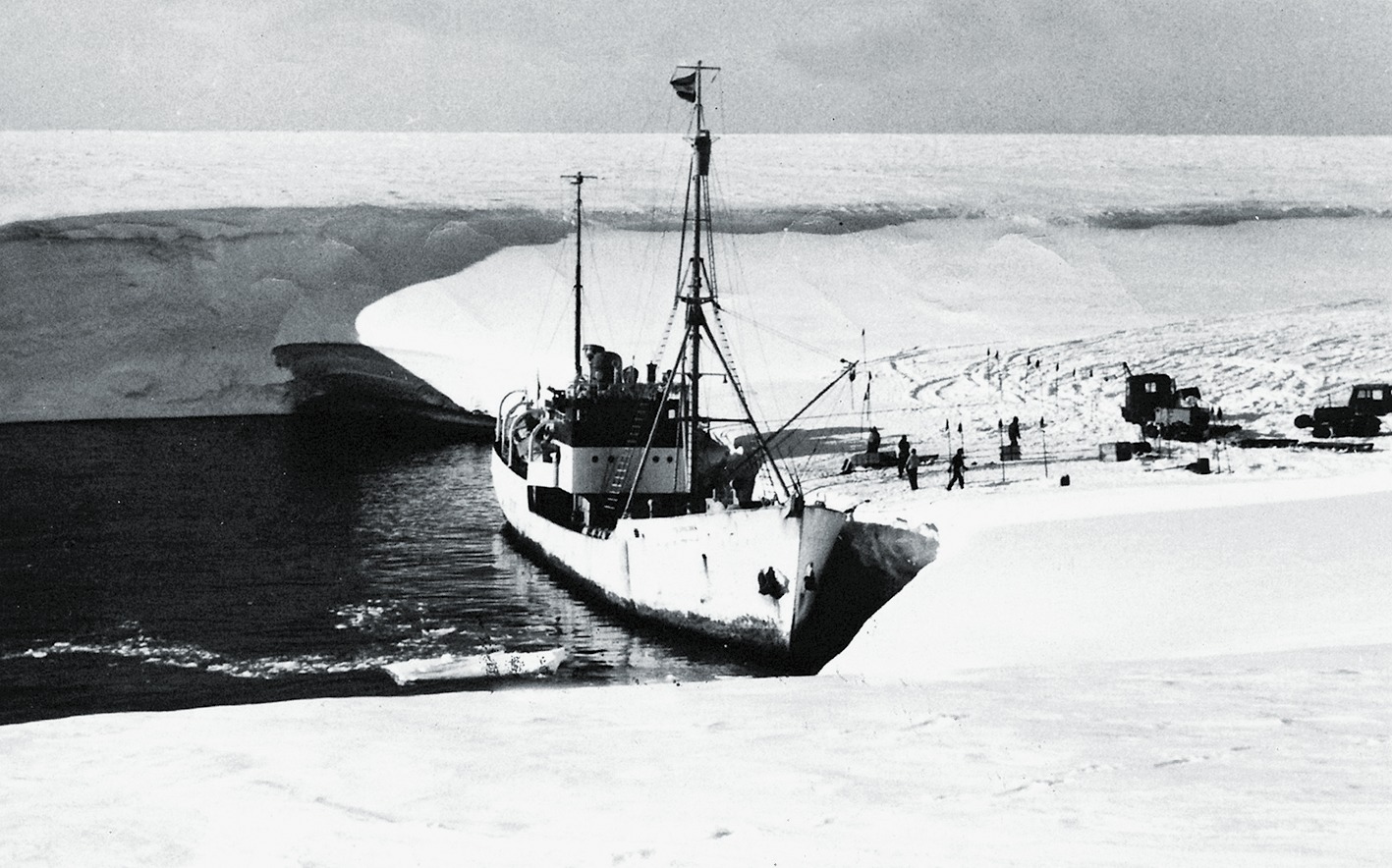
1957
GC Rieber vessels were designed for challenging waters and took part in the first scientific expeditions to Antarctica after the war.

1968
GC Rieber buys the leather company "Behrens & Kahrs". The purchase included a large property mass.

1970
In the 70s and 80s, investments are made in several ice-going expedition ships. The company also invested in ships connected to the emerging offshore industry. Both seismic and offshore installations were to become important areas in for GC Rieber in the years that followed.

1975
From 1975, several industries had to be closed down and several buildings were left empty. In 1980 "Behrens & Kahrs" changed its name to "GC Rieber Eiendom" and was given responsibility for management, modernization and replacement of the building stock.

1980
The shoe industry had been important to GC Rieber ever since the establishment of the company. In 1981, competition from abroad had become too great and the company had to withdraw from shoe production.

1981
"Actic Explorer" wrecked off Newfoundland in Canada. Five of GC Rieber's crew and eight people employed by "Geophysical Services Inc." perished in the shipwreck.

1983
Due to demanding times in the leather market, it became necessary for GC Rieber to move in the value chain. Already in the 70s, the company becomes co-owners of several slaughterhouses and in 1983 "Rieber Kjøtt" and "Rieber Frys" were founded.

1984
GC Rieber buys up "Norske Saltkompagni" which was established in 1900 by G.C. Rieber's brother. The company experienced that ownership of quays, cranes and silos gradually became the key to the market. The precursor of "GC Rieber Salt" had been established.

1985
GC Rieber buys Bergen Fiskeriindustri. One of the main reasons for the investment was the focus on fish as an important renewable food resource. Included in the purchase was the "world's largest refrigerator", the large freezer warehouse at Bontelabo.
Business principle 5
The first losses are always the smallest. It is better to sell at a loss than not to sell at all.

1991
In 1991, the company's shoe businesses were sold, and GC Rieber withdrew from an industry that for over 100 years had given both great joys and sorrows.

1994
In the 90s, GC Rieber invested heavily in property, including the acquisition of former shipyard properties in "Solheimsviken" and on "Marineholmen".

1995
GC Rieber takes over the majority of shares in "Alnæs Marine Oils", a producer of fish oil in Kristiansund. The company was later renamed "GC Rieber VivoMega".
Business principle 10
Natural resources should be passed on to future generations in at least as good shape as they were in when we took over.

1996
The GC Rieber Foundation takes an early interest in the climate issue and establishes the GC Rieber Climate Institute in collaboration with the "Nansen Center".

2009
The leather processing plant at Laksevåg (Bergen) was closed down. The company's leather business was gradually phased out, and in 2016 GC Rieber withdrawed completely from leather - the business area on which the entire company was founded.
Business principle 8
In order to preserve, we must always renew. Constantly innovate and retain what is best. Focus on where we can excel.
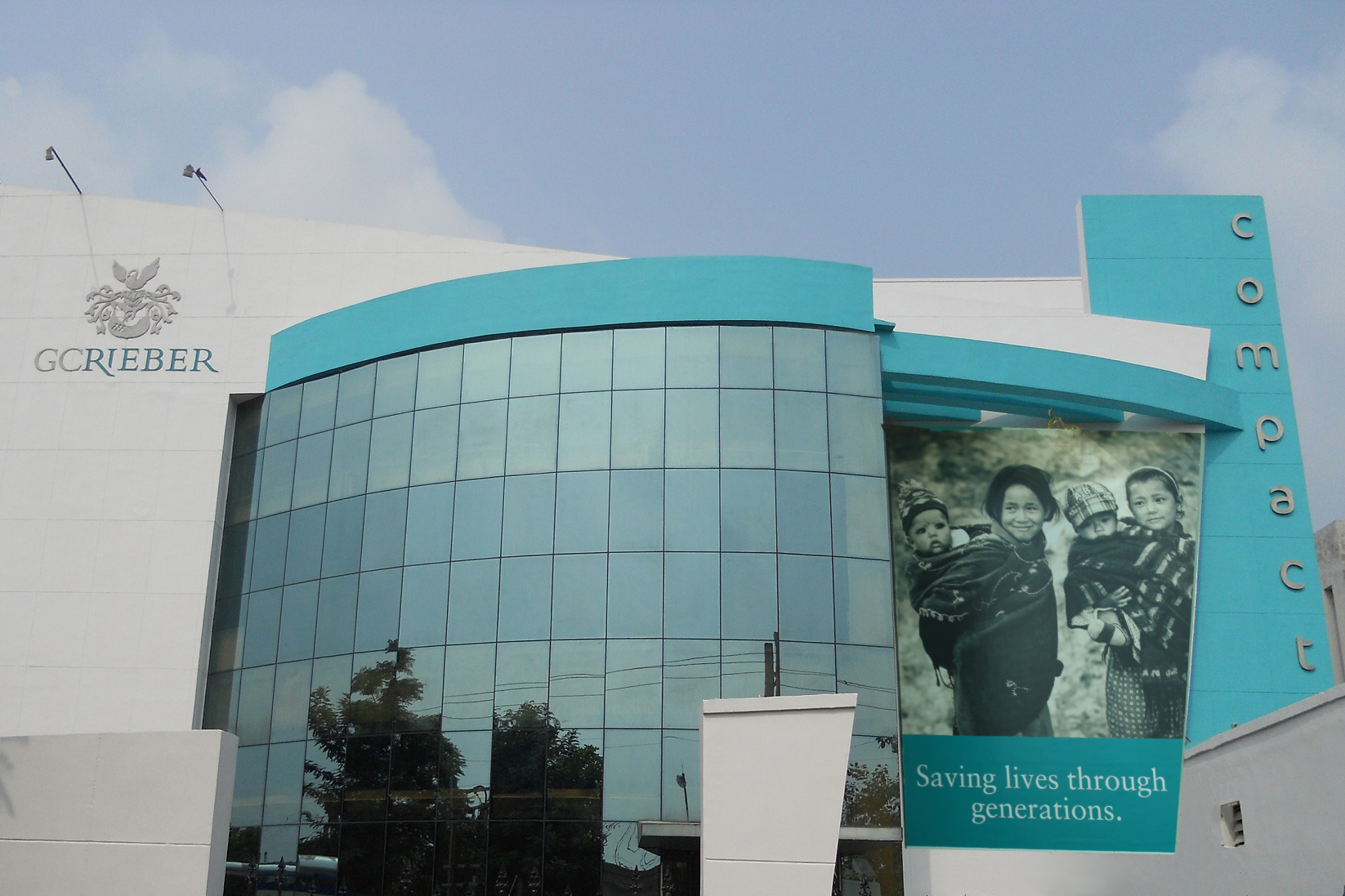
2010
GC Rieber acquires "Compact", a recognized producer of emergency provisions and food for maritime preparedness. The company had offices in Søfteland outside Bergen and in Haryana, India. Four years later, GC Rieber expands Compact with a company in Cape Town, South Africa.
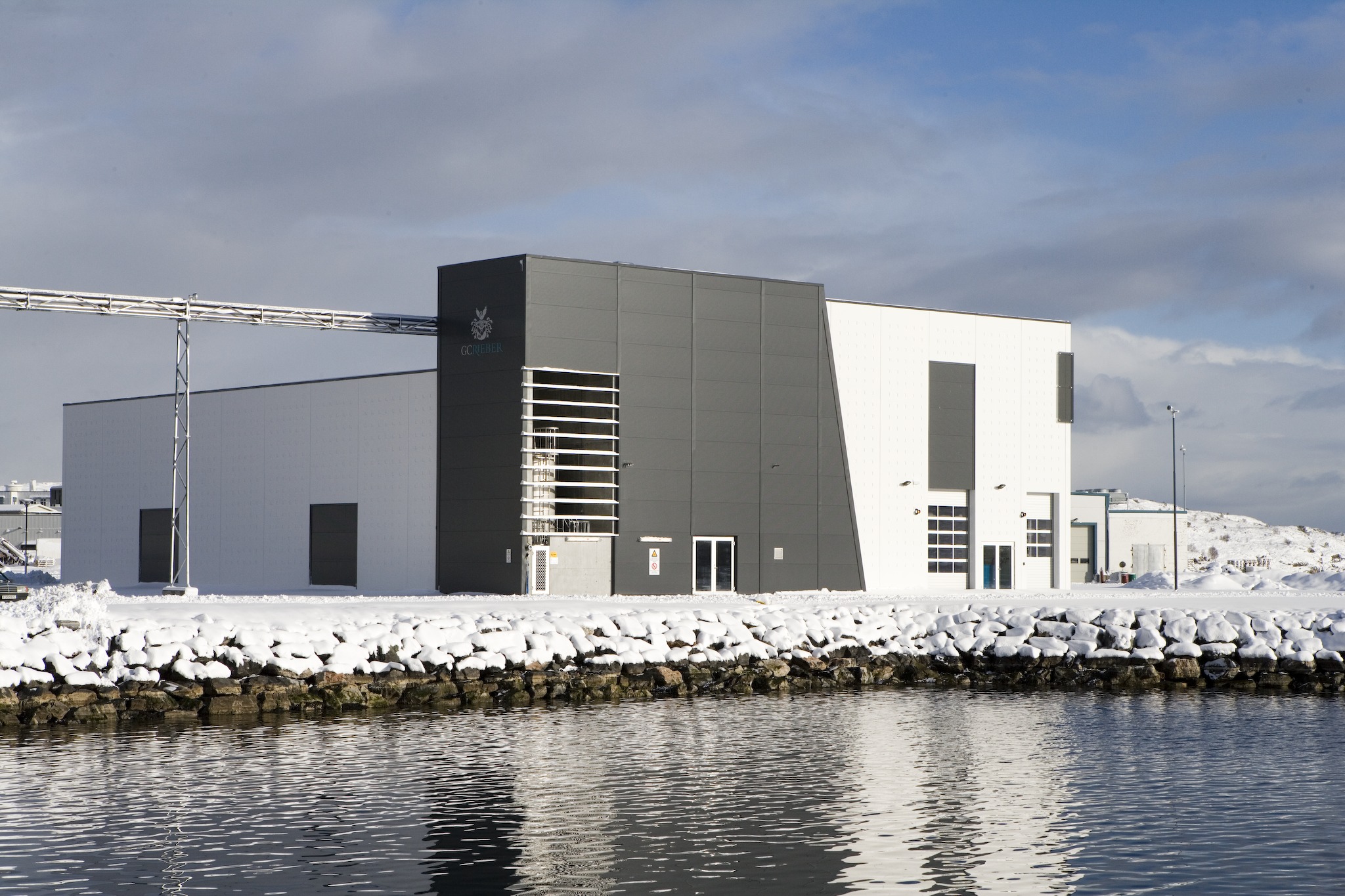
2010
GC Rieber VivoMega changes its focus from traditional Omega-3 oils to advanced Omega-3 concentrates. The company invests in a high-tech concentrate factory.

2017
GC Rieber Salt expands in the Nordic region. In addition to a terminal in Denmark (2006), the company expanded its operations to both Iceland and the Faroe Islands

2019
GC Rieber Fondene establishes Helgetun. A small community, the first of its kind in Norway, which will facilitate an active old age.

2020
In 2020, "The Ship" was completed. The Ship was GC Rieber Eiendom's first solid wood building and the result of the company's major focus on development of sustainable buildings and communities.

2020
In 2020, "GC Rieber Fortuna" was established as a separate business area. This took place by GC Rieber AS transferring its entire value portfolio to the newly established company.

2022
GC Rieber Shipping launched "Windkeeper"- innovative Sercvice Operation Vessels with ultra low fuel concumption and option of fully electric operations in field. A result of GC Rieber Shipping's new strategy, focusing on offshore renewable energy.